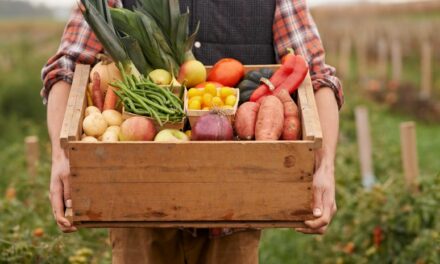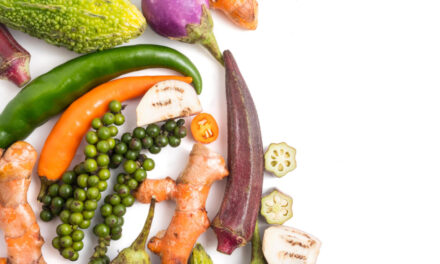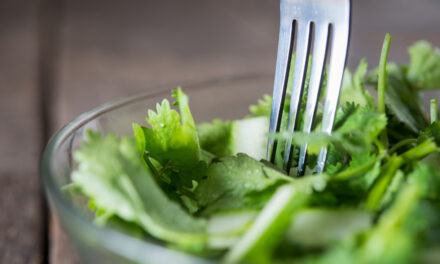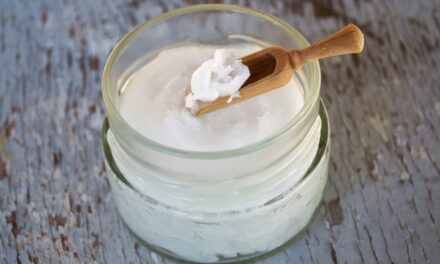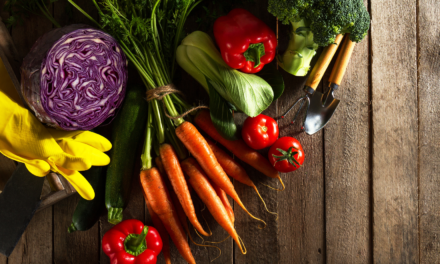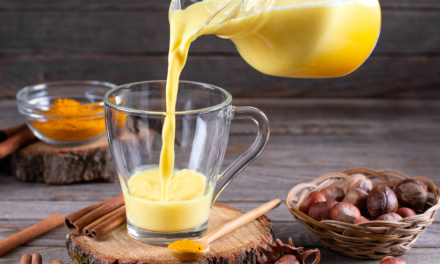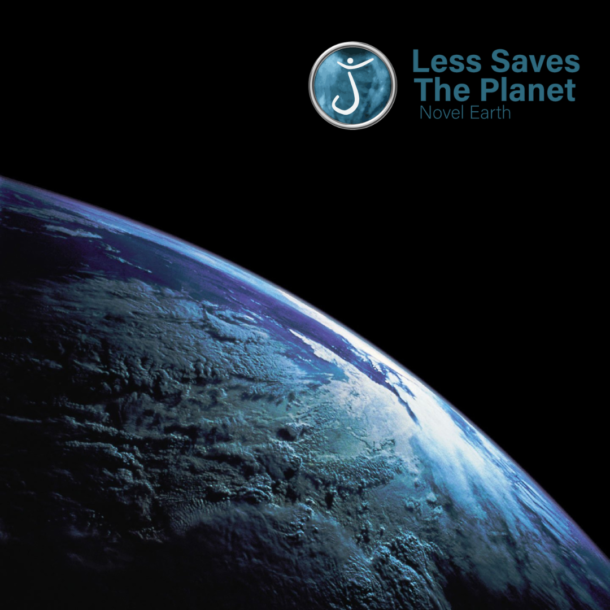
Psyllium: A diet full of virtues
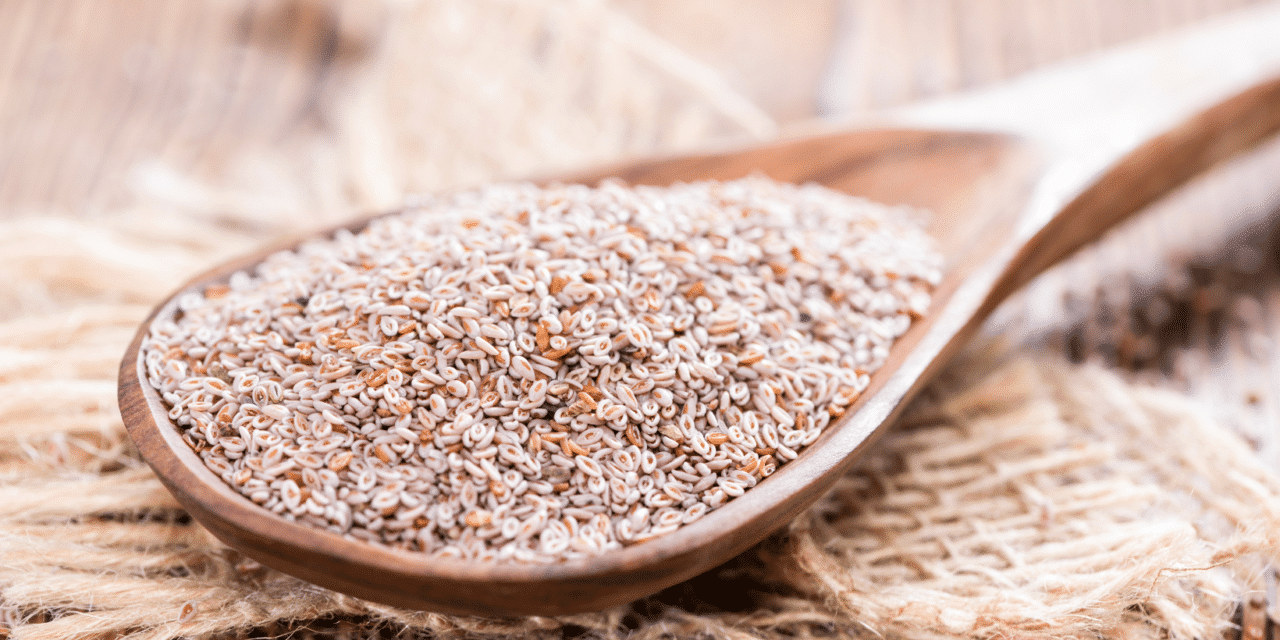
Psyllium, also known as ispaghul, refers to the seeds of a plant called “Indian plantain”. It belongs to the family of natural laxatives known as ballasts and is an excellent regulator of intestinal function. But do you really know what it is? Do you know the benefits of psyllium and how to use it? Discover this article which explains it all to you!

Psyllium, the Indian plantain
The name ‘psyllium’ comes from the Greek word ‘psyllia’ meaning ‘chip’ and refers to the extremely small size of the seeds (1,000 seeds weigh only 2 grams!). Another important thing to know is that psyllium does not contain gluten, so it is suitable for people who are intolerant or allergic to gluten!
The benefits of psyllium actually come from the seed coat, which is the envelope that covers the seed of the plant and contains mucilage, a plant substance that swells and forms a gel when in contact with water. The seed coat contains mucilage, a plant substance that swells and forms a gel on contact with water. Composed of 70 soluble and 30 insoluble fibers, mucilage has thickening, adhesive and softening properties. It is this substance that lubricates the intestinal walls.
Different types of plantain are known:
blond, brown, black and red. The main difference is the mucus content.
The blond psyllium contains 30% mucus, while the other psyllium contains only 10-12%. Therefore, the benefits of psyllium are more concentrated in the blond psyllium.
The benefits of psyllium on our body
Restore intestinal balance
It may come as a surprise to you, but psyllium can be used to solve the problems of constipation and loose stools. These two discomforts are diametrically opposed, but can be overcome with moderate consumption. But remember that it is a natural solution. The transit effects are usually observed 12 to 24 hours after the first dose, but may require a longer wait.
Treating constipation
Numerous studies have already proven that psyllium consumption is an effective treatment for constipation. The WHO classifies psyllium as a natural laxative. Firstly, psyllium mucus absorbs a large amount of water from the food it eats. Unlike other laxatives, psyllium protects the intestines from irritation and chafing. If no effect is observed, gradually increase the dose. This may take 2 to 3 days for optimal treatment.
Treatment of diarrhea
At the same time, the mucus binds water and makes the stool hard. When filled with water, the mucus forms a gel-like texture, which makes the stool more stable and allows for quicker evacuation.Flea seeds are rich in fiber and help balance the intestinal flora.
For loose stools, the recommended dose is higher and can exceed 10 grams per day. Always increase the dose gradually and remember to stay well hydrated.
Blood sugar control
Several studies of people with type 2 diabetes have shown that eating psyllium can help lower blood sugar levels. Its high fiber content slows the absorption of glucose, and therefore sugar, into the bloodstream, which has less impact on blood sugar levels. To achieve this effect, consume 3 to 6 g of psyllium with meals three times a day. The dose can be increased as needed, but always gradually. Always remember to stay well hydrated at the same time.
But beware, self-medication for diabetes can cause serious problems. Always consult your doctor before using it for the first time and monitor your blood sugar levels carefully. The dosage of the drug depends on how the consumption of psyllium affects the blood sugar level.

Appetite suppressant effect
When taken before meals, psyllium suppresses the appetite and creates a feeling of fullness. It can hold up to 8 times its own weight, which is a great help in reducing food intake and controlling weight. For an appetite suppressant, take about 3g of psyllium diluted with at least 90ml of water about 20 minutes before meals.
Limits the risk of cardiovascular disease
In 2006, the US Food and Drug Administration (FDA) approved health claims that psyllium fibre could reduce the risk of cardiovascular disease. This is because this plant has the property of lowering blood lipid levels. This lowers LDL-cholesterol, also known as ‘bad cholesterol’. All these effects contribute to reducing the risk of cardiovascular disease. If you wish to consume psyllium in this context, take 3 to 6 g of psyllium three times a day. As always, increase your dose gradually as needed, always drinking plenty of water.
A great ally in the kitchen
Gluten-free flea seed
As mentioned above, this plant is gluten-free. However, thanks to its properties, it improves the texture and softness of gluten-free breads, pastries and baked goods.
To use, add a few grams directly to your formulation or soak the powder in water. This forms a gel that can be incorporated into other ingredients.
Psyllium in the ketogenic diet
In the ketogenic diet, the restriction of sugar inevitably reduces the consumption of certain fruits and grains. The fiber that is so rich in these foods may be deficient in your body. To help balance this out, our organic flea flowers are high in fiber (82.2g/100g) and low in carbohydrates. This is a natural solution due to its low carbohydrate content (2.2g/100g, including 0g sugar).
For more information on the ketogenic diet, see our article on the subject. Our advice is to start with the basics of the ketogenic diet.
Flea seeds as a natural thickener
Finally, they can be used as a thickener in soups, sauces, etc. Use a small amount at first and gradually increase the amount as needed.
To find all our news, find us on Instagram and on our Twitter account.
We publish daily on our social networks so that you can be up to date every day. You can also share our content on your own networks from the options at the bottom of the page!
See the article on ANTS, NATURAL PESTICIDES
The preservation of clean water and access to it for all is at the heart of Less Saves The Planet’s commitments. You can now read Chapter 4 SAVING WATER AND THE EARTH from our book Less Saves The Planet available for free. The entire book is also available on our website.
See you soon for our next article!


